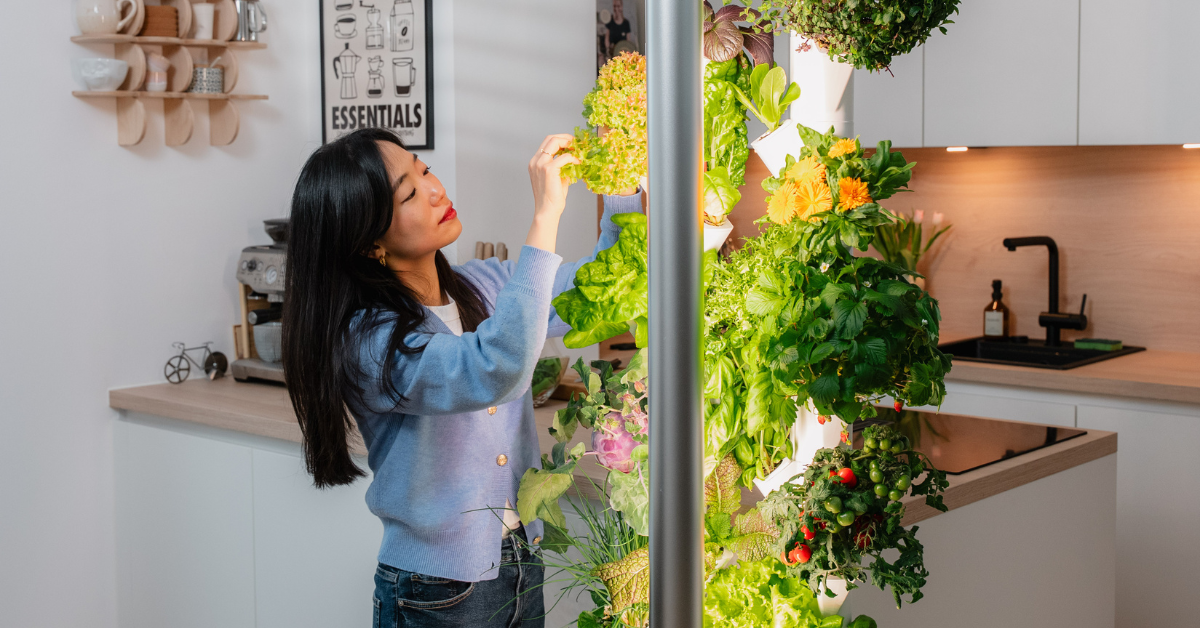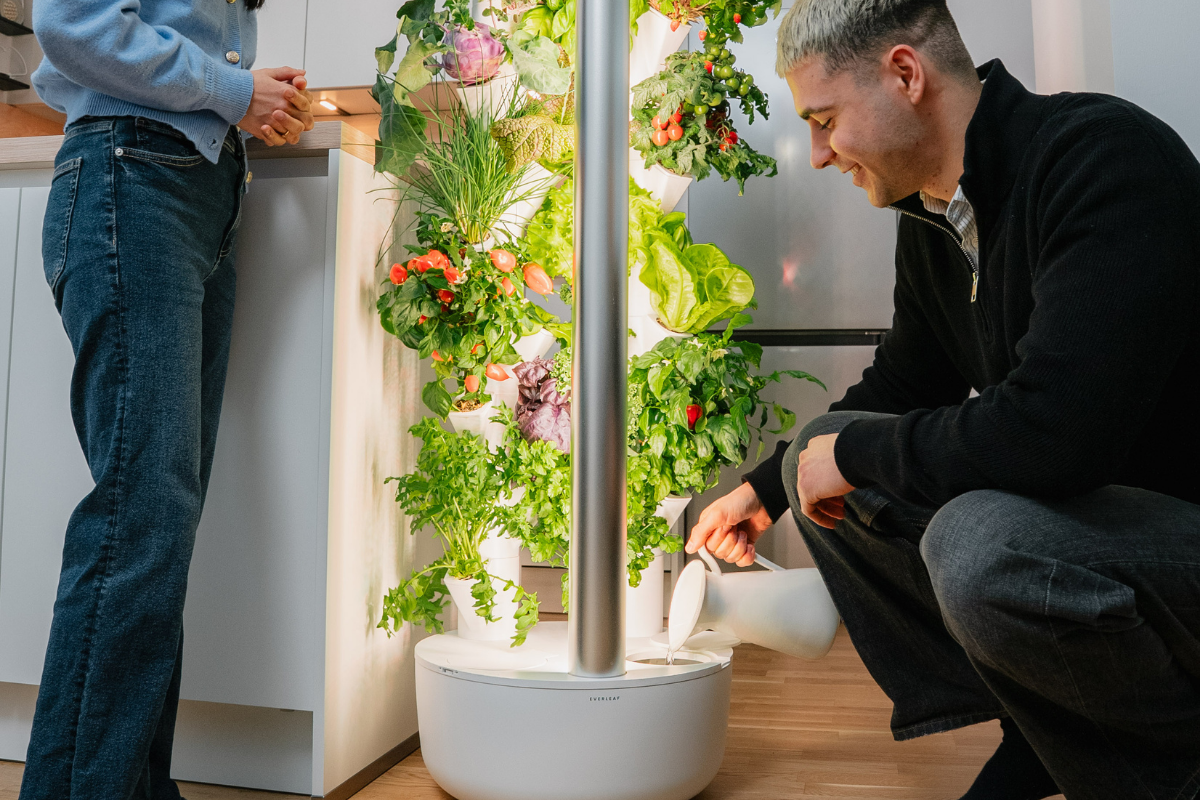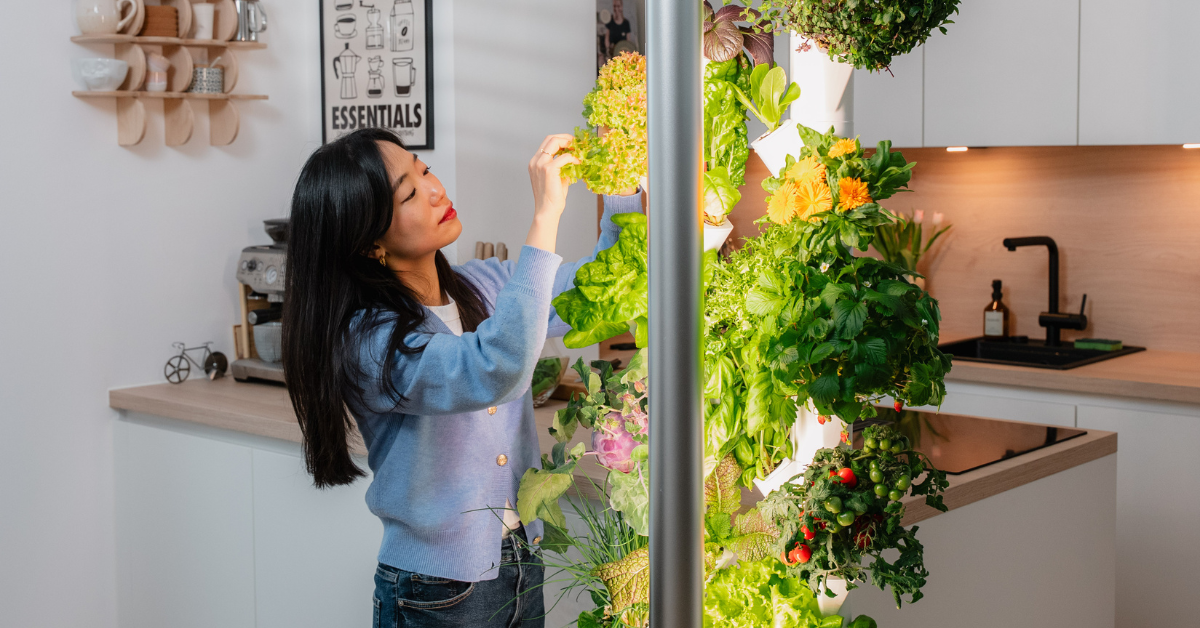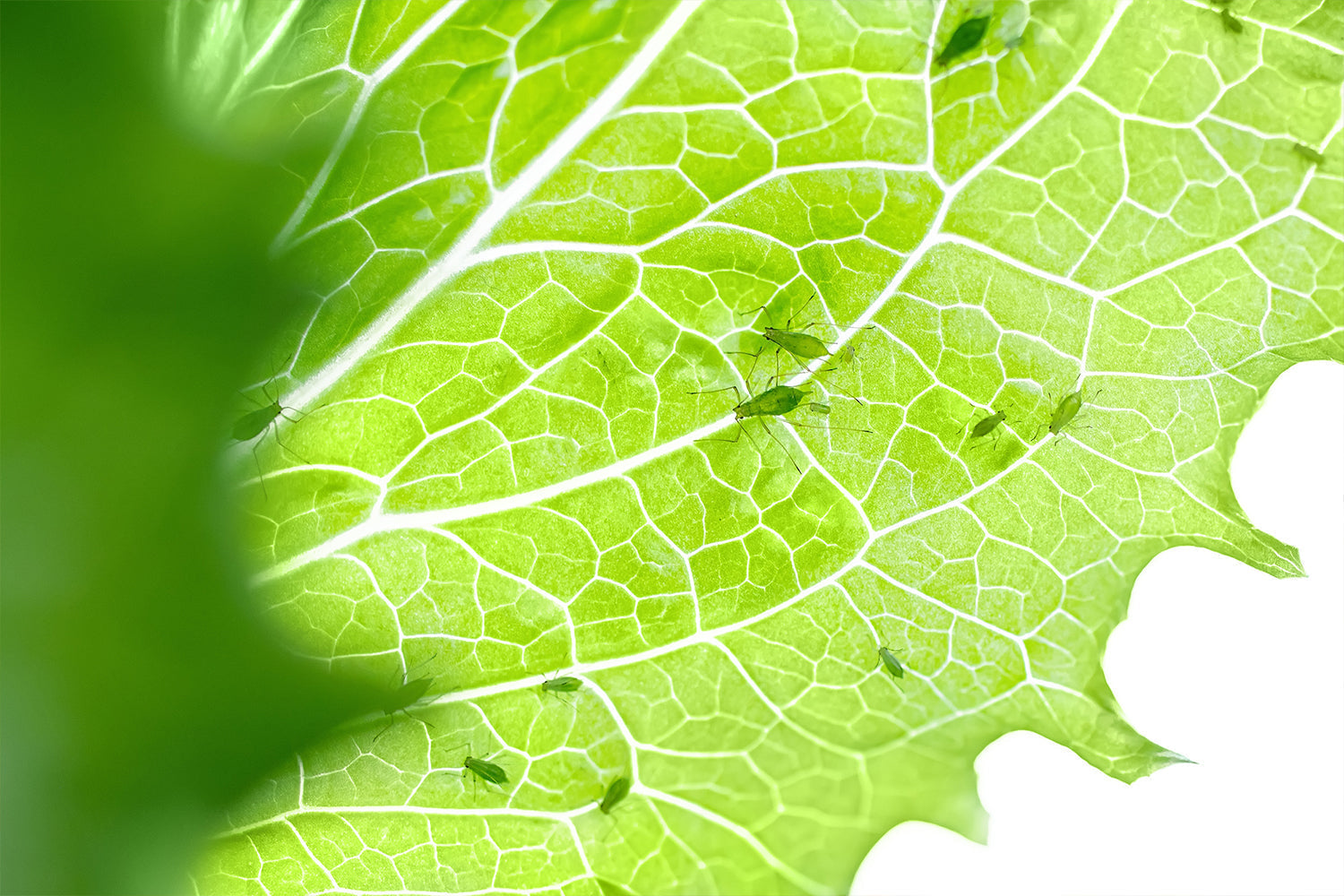Are you worried about yellowish leaves with dark veins or perhaps dark red or brown discolored leaves in your Everleaf Garden? Or are your plants getting long and thin and some tend to fall over? Stressful circumstances such as too high room temperatures or insufficient light could be stressing your plants. But don't worry - here is a quick guide to identify the most common problems and find solutions:
1. Yellowish leaves with dark veins
- Possible cause: pH value of the water too high.
- Symptoms: Yellowish leaves with dark veins often indicate a pH level that is too high. This can impair nutrient absorption, which leads to these discolorations.
- Solution: Check the pH of the water and correct it if necessary by adding PH Minus to bring it into the optimal range for your plants.
2. Dark red or brown discolored leaves
- Possible cause: pH value of the water too low.
- Symptoms: Dark red or brown discolored leaves often indicate a pH value that is too low. This can impair nutrient absorption and lead to these discolorations.
- Solution: Again, check the pH of the water. If it is too low, bring it to the optimal range for healthy plant growth by adding tap water.
3. Long, thin plants that threaten to fall over
- Possible cause: lack of light.
- Solution: Check the light supply for your plants and place them in a location where they can get more light to promote healthy growth.
4. Prematurely shooting plants
- Possible cause: Stress due to high room temperatures or insufficient light.
- Solution: Create an optimal environment for your plants by checking the ambient temperature and lighting conditions.
5. Brown leaf tips
- Possible cause: Too much fertilizer.
- Solution: If the ratio between fertilizer and water gets out of balance, plants can "burn" and brown leaf tips appear. In this case, you should change the water in the pot and re-dose the fertilizer.
Additional tips:
- Regular monitoring: Regularly check the water pH, lighting conditions and ambient temperature to identify and resolve potential problems early.
- Make adjustments: Change the placement of plants or optimize environmental conditions to ensure healthy growth.
By following our regular maintenance routine, you can prevent the system from getting out of balance and allow the plants to grow optimally. Regularly monitoring the pH of the water, light levels and ambient temperature is crucial to detect and correct potential problems early.



